Odoo Accounting Customization Options | Odoo Accounting Features & Benefits

Odoo Accounting Customization: Flexible, Global-Ready Financial Management
In today’s fast-changing business environment, accounting systems must adapt as quickly as the rest of the organization. Odoo’s modular architecture, combined with powerful customization capabilities, makes it possible to tailor financial processes to your industry, geography, and unique control requirements. This comprehensive guide dives into how to configure and extend Odoo Accounting to support multi-entity, multi-currency operations, strict governance, and data-driven decision making. You’ll find practical guidance, concrete examples, and best practices you can apply right away.
Note: This post focuses on practical customization options within Odoo’s Accounting ecosystem, including both out-of-the-box configurations and extension approaches. Where relevant, we distinguish between Community and Enterprise capabilities and offer guidance on when to consider each path.

1) Initial Setup & Import Tools
A solid foundation is essential for reliable financial data. In Odoo, the initial setup touches the Chart of Accounts, master data, localization, and data imports. A well-planned setup reduces errors, accelerates month-end close, and enables accurate reporting across entities and currencies.
| Setup Area | What to Configure in Odoo | Why It Matters | Best Practices |
|---|---|---|---|
| Chart of Accounts (CoA) & Mapping | Define a scalable CoA, map to local tax codes, expense categories, and revenue streams. Use fiscal positions to map taxes per jurisdiction. | Ensures consistent GL posting, simplifies reporting, and supports multi-entity consolidation. | Design CoA to mirror your operational structure (plants, divisions, or lines of business). Use reference accounts for intercompany eliminations and cost allocations. |
| Master Data Governance | Standardize vendors, customers, products, and payment terms. Establish deduplication rules and data cleansing workflows. | Reliable data underpins accurate invoicing, payments, and analytics. | Introduce controlled contribution from each department; enforce naming conventions and required fields. Regularly audit master data quality. |
| Localization & Tax Codes | Configure country-specific taxes, tax grids, and localization rules. Define tax mapping by jurisdiction and product type. | Compliance and automated tax calculations across borders reduce risk and manual effort. | Start with a baseline for core jurisdictions, then extend as operations expand. Use fiscal positions to handle exemptions and special rates. |
| Currency & Exchange Rates | Set base currencies, decimal precision, and daily/periodic exchange rates. Enable real-time or manual rate updates as needed. | Accurate multi-currency accounting and FX revaluation are essential for global finance. | Decide on rate source and update frequency. Establish a routine for rate reconciliations and historical rate tracking. |
| Import Templates & Data Cleansing | Create templates for customers, vendors, products, and opening balances. Include validation checks and dedup rules. | Speeds up onboarding and prevents data quality issues from seeding the system. | Test imports in a sandbox first; validate mappings against a sample set; implement automated validation jobs where possible. |
Summary: A robust initial setup in Odoo aligns financial structure with business reality, enabling clean data capture, streamlined reporting, and smoother multi-entity operations. A disciplined data governance approach pays dividends at month-end and during audits.
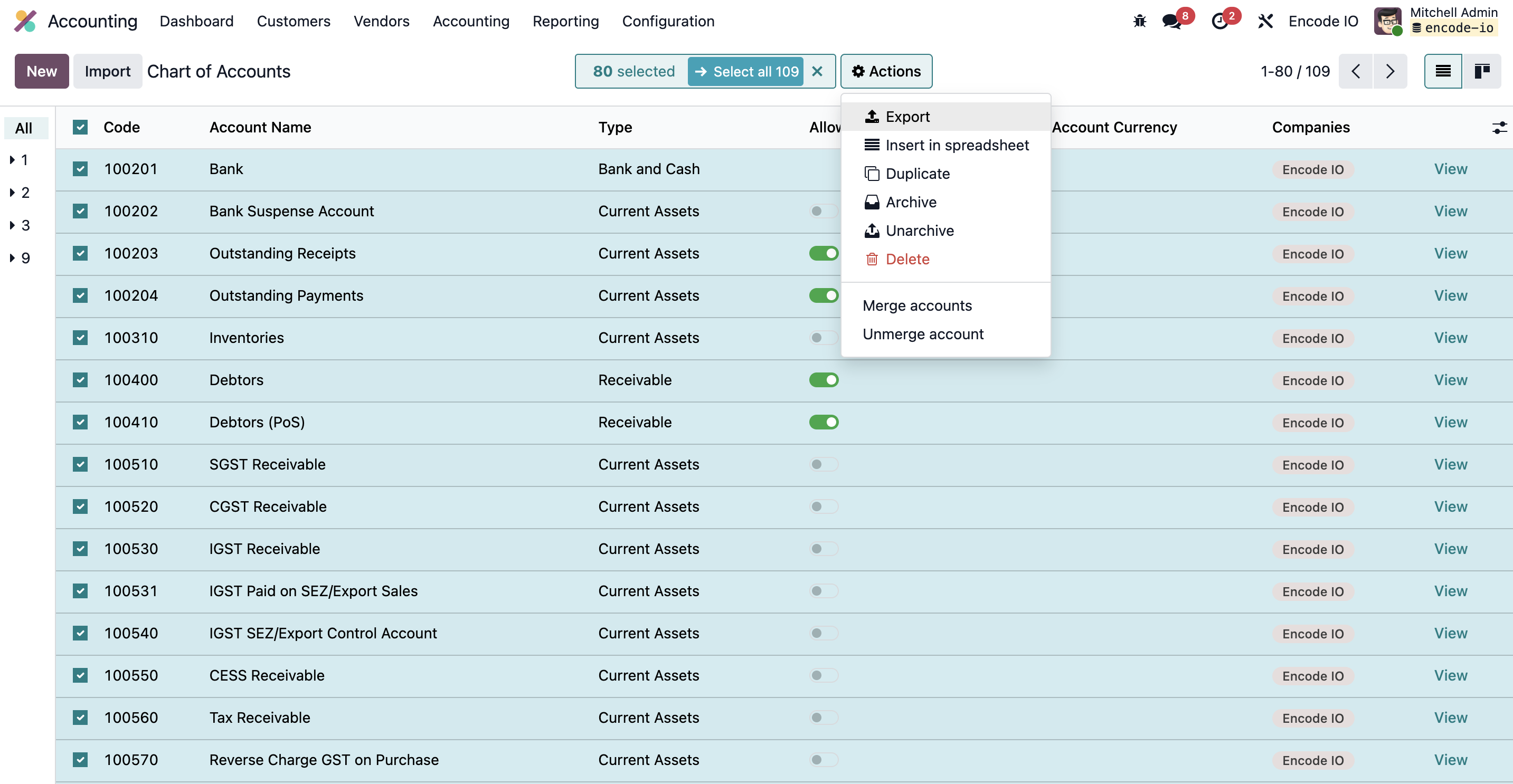
2) Taxation & Currency Controls
Global operations demand tax rules that adapt to jurisdictions, plus currency management that reflects real economic activity. Odoo provides tools to model multi-jurisdiction taxation, currency translation, and compliance workflows while preserving transparent audit trails.
| Capability | Odoo Components | How It Works | Impact & Considerations |
|---|---|---|---|
| Multi-Jurisdiction Taxation | Taxes (account.tax), Fiscal Positions, Taxes Included/Excluded logic | Define tax rules per jurisdiction; map taxes to products/services and customer locations; apply via fiscal position rules during posting. | Supports automatic tax calculations at line level; simplifies compliance across countries; consider automation for annual tax filings and reporting. |
| Multi-Currency Accounting | Currency settings, Revaluation, Currency Translation | Record in local currencies; revalue foreign balances at period-end; translate P&L and balance sheet into base currency for consolidated reporting. | Critical for global subsidiaries; plan for FX exposure, hedging policies, and currency risk disclosures in governance policies. |
| Tax Compliance Automation | Tax rules, Reports, Automated tax entries | Auto-calculate taxes on invoices, credit notes, and payments; generate jurisdictional tax reports for filings. | Reduces manual calculations, lowers risk of errors; ensure alignment with local tax authorities and e-invoicing requirements where applicable. |
| Audit Trails & Reconciliations | Journal entries, Reconciliation, Reversal logging | Maintain traceable trails for tax adjustments, currency revaluations, and regulatory reporting. | Supports audits and regulatory scrutiny; design processes to reconcile tax entries to the GL and to filing forms. |
Summary: Tax and currency controls in Odoo enable compliant, transparent financials across borders. Automation reduces manual effort while preserving robust auditability. Regular reviews of tax mappings and currency policies are essential as regulatory environments evolve.
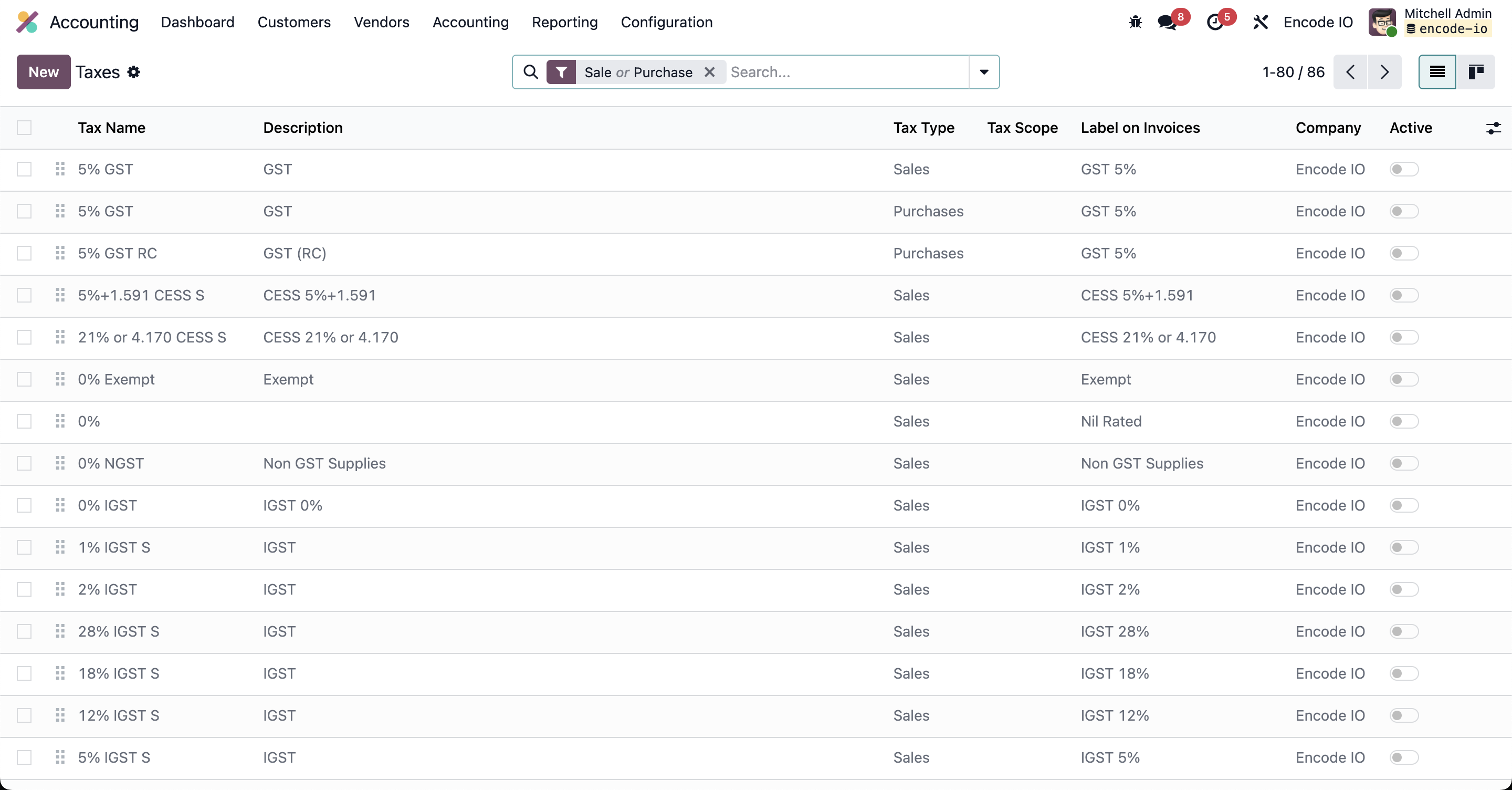
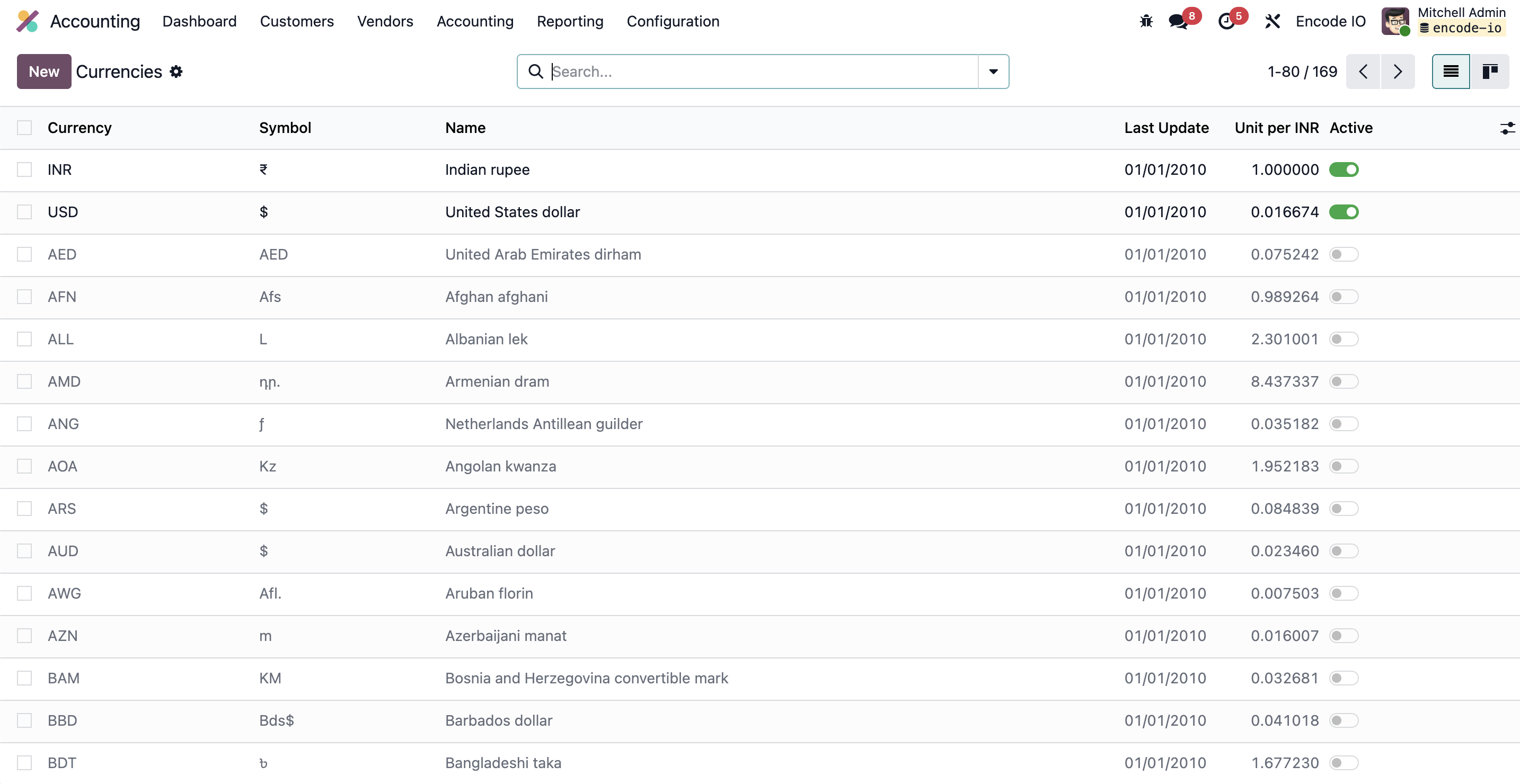
Transform business finance with Odoo customization.
Drop us a note and we’ll get back to you soon
3) Invoice Generation & Customer Payments
Accounts receivable is a major cash flow lever. Odoo supports flexible invoice templates, payment integrations, and automated reconciliation to speed cash collection and improve customer experience.
| Capability | Odoo Features | What to Configure | Benefits |
|---|---|---|---|
| Invoice Generation & Templates | Automated invoice creation, customizable templates, automated email delivery | Design branded templates; define automatic invoice triggers (delivery, project milestones); configure email reminders. | Faster time-to-invoice, consistent customer communications, improved collection cycles. |
| Payment Terms & Methods | Payment terms, payment Acquirers, bank transfers, cards on file | Standardize terms by customer segment; enable multiple payment gateways; set up card-on-file where compliant. | Flexibility boosts on-time payments; reduces aging; improves customer experience. |
| Remittance Matching & Reconciliation | Automatic reconciliation rules, payment matching, write-off rules | Map payments to open invoices by reference fields; handle partial payments and over/short remittances. | Improves DSO metrics and reduces manual matching effort. |
| Dunning & Credit Management | Dunning letters, credit control, credit limits | Set dunning cycles, interest rules, and credit thresholds; automate escalation paths. | Optimizes cash flow while maintaining customer relations and minimizing bad debt risk. |
Summary: A well-configured AR workflow in Odoo tightens cash collection without harming customer relationships. Leverage templates, term management, and automated reconciliations to improve liquidity and transparency.
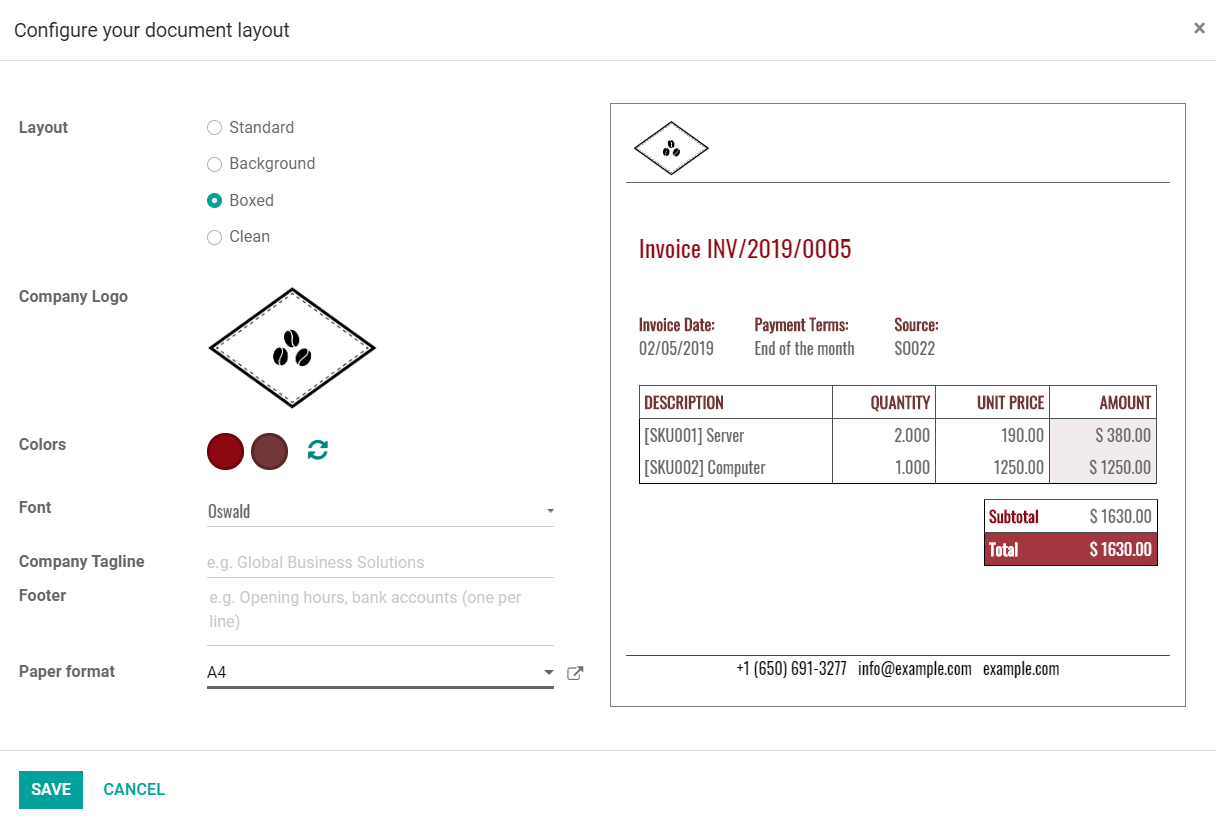
4) Vendor Automation & Billing Optimization
Efficient accounts payable processes reduce costs and preserve supplier trust. Odoo enables supplier onboarding, purchase-to-pay automation, and data-driven spend management as part of a modern AP program.
| AP Capability | Odoo Features | Implementation Focus | Operational Impact |
|---|---|---|---|
| Vendor Onboarding & Master Data Hygiene | Vendor records, payment terms, tax IDs, bank details | Standardize onboarding with required fields; validate data against external sources where possible. | Reduces downstream AP errors and speeds supplier enablement, especially for new entities or regions. |
| PO to Invoice Matching (Three-Way Match) | POs, goods receipts, supplier invoices; discrepancy handling | Configure automated matching thresholds and exception workflows; escalate exceptions for review. | Improves control over spend, reduces duplicate payments, and shortens cycle times. |
| AP Automation & Approvals | Workflow approvals, electronic invoicing, automated postings | Define approval matrices by spend, category, and supplier; enable e-invoicing where available. | Faster processing, better governance, and reduced paper-intensive tasks. |
| Billing Optimization & Spend Analytics | Discounts, term optimization, spend analytics, supplier scorecards | Model early-payment discounts, negotiate favorable terms, and analyze supplier performance. | Working capital optimization and smarter supplier relationships. |
Summary: A modern AP engine in Odoo combines data governance with automated workflows and supplier collaboration. The payoff is smoother cash flow, stronger controls, and more strategic supplier engagement.
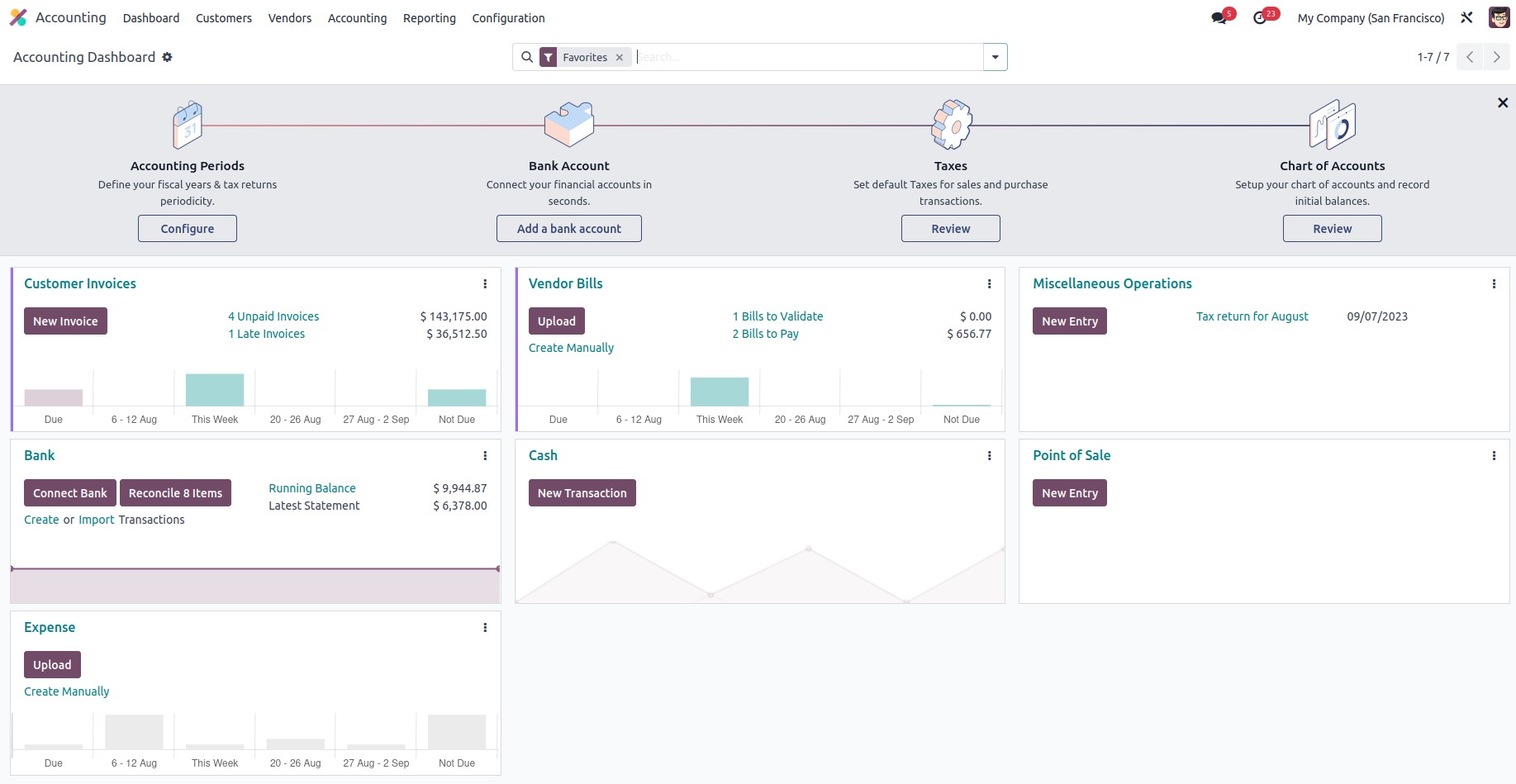
5) Analytic Accounting, Budgeting, & Reports
Beyond the general ledger, analytic accounting enables granular visibility into cost drivers, project accounting, and performance by department or location. Odoo supports flexible allocations, planning, and customizable reporting for executives and managers alike.
| Analytics Area | Odoo Capabilities | How to Implement | Outcomes |
|---|---|---|---|
| Analytic Accounting & Cost Centers | Analytic accounts, tags, and distributions | Assign costs to analytic accounts (cost centers, departments, or projects) and allocate indirect costs via flexible rules. | Deeper insight into true product and activity profitability; supports better pricing and investment decisions. |
| Budgeting & Forecasting | Budgets by analytic account, forecast modules, variance analysis | Establish multi-scenario budgets; compare actuals vs. forecast; set driver-based inputs for dynamic planning. | Improved financial discipline and quicker course corrections during the year. |
| Dashboards & Custom Reports | Dashboard widgets, QWeb reports, custom reporting via Studio (Enterprise) | Build executive dashboards and ad-hoc reports; automate distribution to stakeholders. | Faster decision-making and clearer visibility into value drivers and risks. |
| Automated Distribution & Consolidation | Intercompany postings, consolidation routines (where applicable) | Configure intercompany workflows and push consolidation entries to the parent entity. | Seamless consolidation for multi-entity groups; reduces manual reconciliation effort. |
Summary: Analytic accounting and budgeting in Odoo empower teams to connect financial results with operational drivers. Custom dashboards, scenario planning, and precise cost allocations lead to more informed strategic decisions.
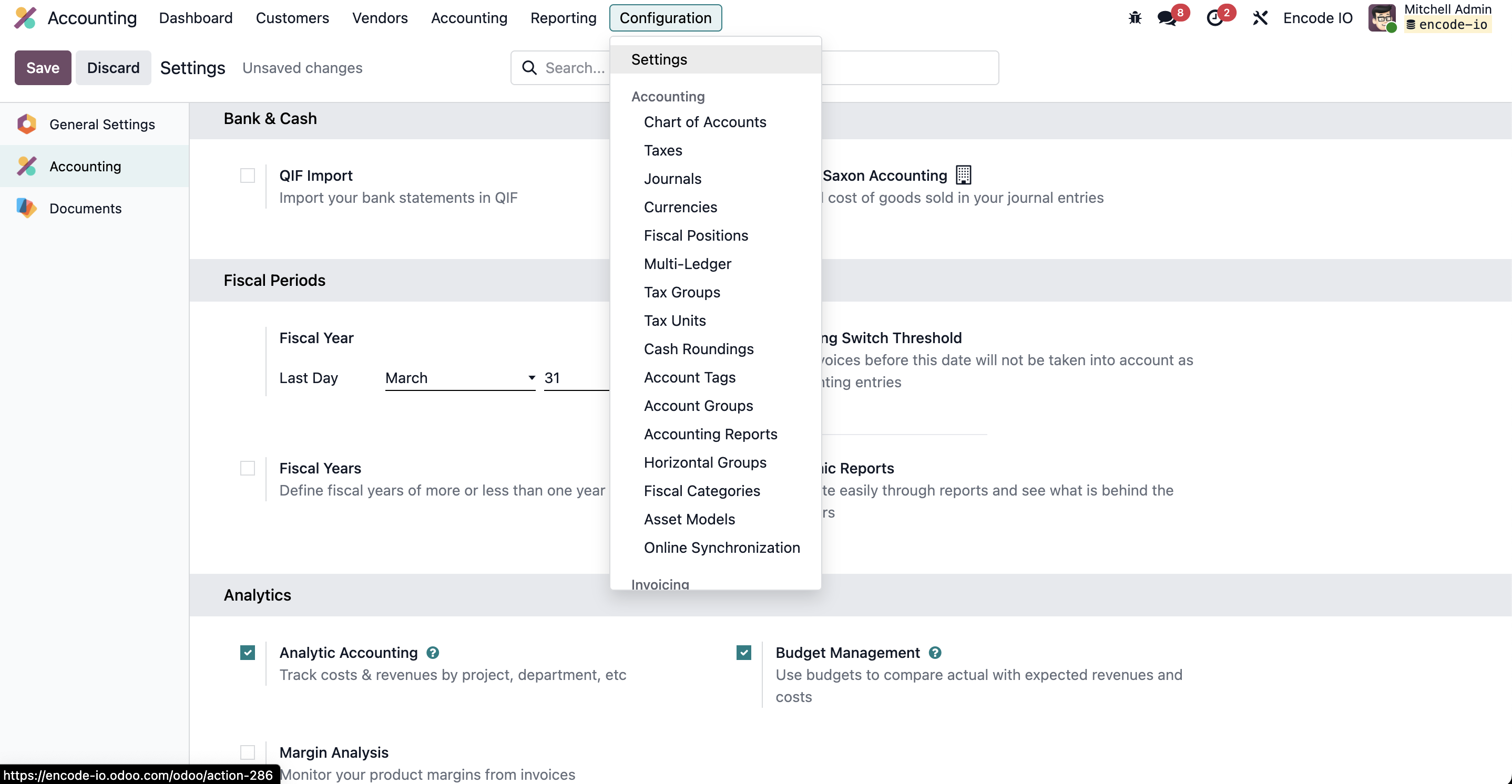
6) Advanced Tools: Storno & Firm Mode
In high-integrity or regulated environments, you need mechanisms that protect data while still enabling necessary corrections. Odoo offers robust options around reversals and controlled posting, along with governance features that keep finance auditable and trustworthy.
| Advanced Tool | Odoo Mechanism | Use Case | Governance Benefits |
|---|---|---|---|
| Storno (Reversal Entries) | Journal reversal entries, offset with original postings, reverse-date handling | Correcting posting mistakes, reversing erroneous postings, and re-running period-end calculations without altering original data. | Preserves audit trails, maintains historical integrity, and supports clean financial restatement when required. |
| Firm Mode (Rigid Rule Set) | Locking rules for certain journals or periods, role-based posting restrictions | Enforces strong controls in regulated sectors or during critical closing windows where flexibility must be minimized. | Improved governance, reduced risk of unaudited changes, and easier external audit validation. |
| Audit Readiness & Separation of Duties | Role-based access controls, post vs. edit restrictions, automated approvals | Define who can post, who can edit, and who can approve; maintain immutable logs of changes. | Higher confidence in financial statements and faster readiness for external audits. |
Summary: Storno and Firm Mode concepts in Odoo help you balance the need for corrective actions with the imperative of data integrity and regulatory compliance. A disciplined approach to reversals, combined with well-defined posting rules, reduces risk and supports clear accountability.
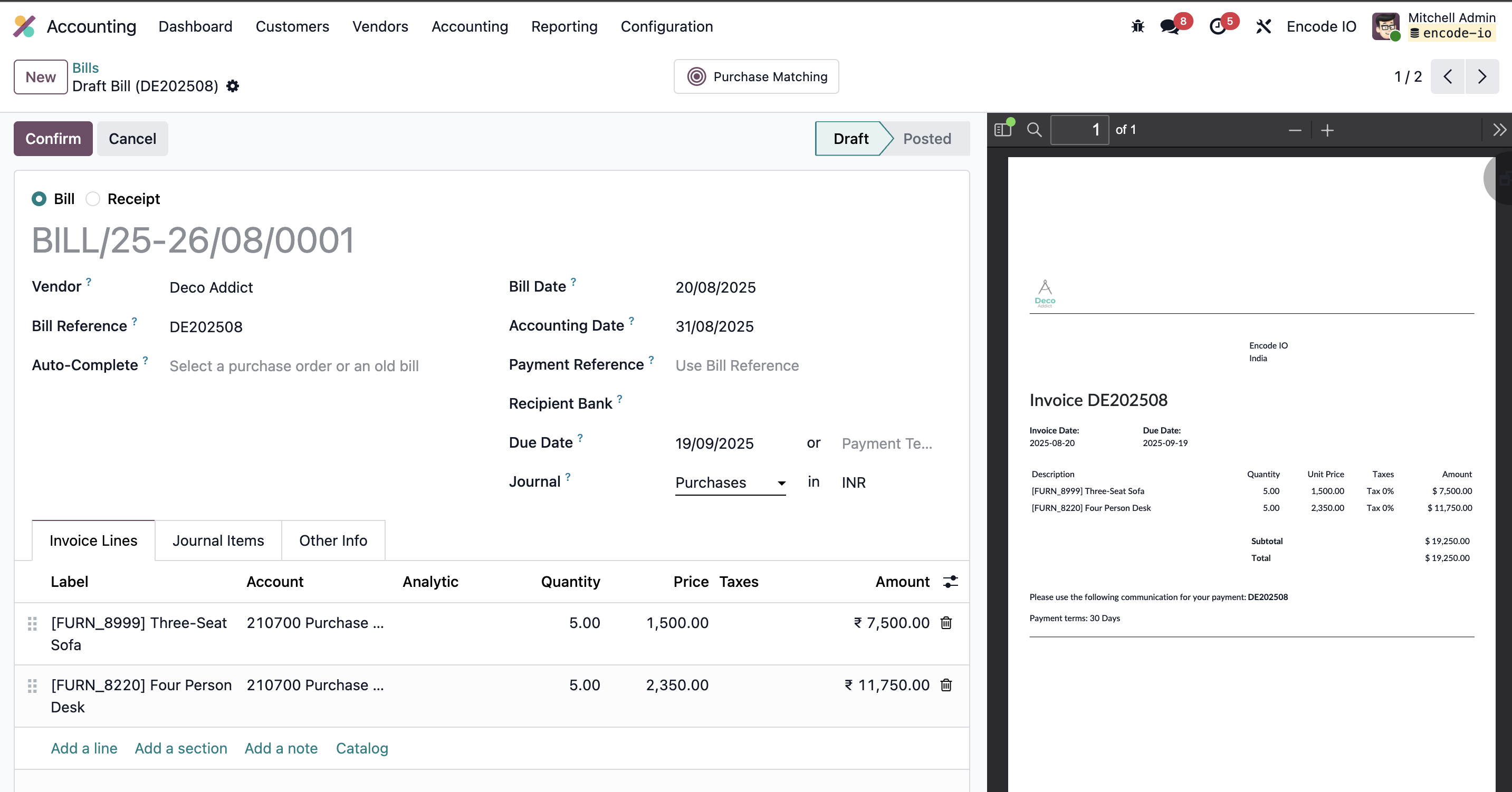
7) Comparison: Community vs Enterprise
Odoo comes in Community and Enterprise editions. Although the core accounting models are shared, Enterprise includes several advanced tools and conveniences that impact customization, automation, and governance. Here’s a practical comparison to help you decide what fits your organization.
| Capability | Community | Enterprise | Notes |
|---|---|---|---|
| Customization Tools | Core configuration via UI, community modules | Studio for on-application customization; more robust reporting options | If you expect frequent UI/form/report tweaks, Enterprise Studio accelerates delivery. |
| Tax Rules & Localization | Configurable tax rules through standard models | Expanded localization packs and automatic tax updates in many jurisdictions | Enterprise often provides broader country coverage and easier maintenance. |
| Automation & Workflows | Basic automation via scheduled actions and server actions | Advanced automation, triggers, and reporting capabilities; better batch processing | For large, multi-location deployments, Enterprise can reduce manual work further. |
| Analytics & Reporting | Standard dashboards and reports | Enhanced analytics, richer dashboards, and Studio-created reports | Enterprise typically offers more out-of-the-box BI capabilities and customization ease. |
| Support & Ecosystem | Community-based resources, community apps | Official support, add-ons, access to partner ecosystem | Consider Enterprise if you rely on formal support and a curated ecosystem. |
| Security & Access Controls | Core access control and security bands | Extended security features, role-based access nuances, advanced auditing | For regulated industries or complex governance needs, Enterprise often offers deeper controls. |
Summary: Community is a powerful, no-cost option that covers core accounting needs and can be extended with community modules. Enterprise adds Studio, advanced analytics, broader localization, and formal support - benefits that scale with larger, global organizations and stricter governance requirements.
Optimize Odoo accounting for business growth.
Drop us a note and we’ll get back to you soon
8) Best Practices & Real-Use Cases
The best results come from a disciplined approach to implementation, ongoing governance, and continuous optimization. Below are practical guidelines and representative real-use cases that illustrate how Odoo’s customization options translate into tangible business outcomes.
| Best Practice | Why It Works | Real-World Case (Illustrative) | Key Metrics to Track |
|---|---|---|---|
| Start Small, Then Scale | Minimizes risk; validates configurations in a controlled environment before broader rollout. | Manufacturing entity begins with AP/AR automation for a single plant; expands to multi-plant, then to the full group. | Time to implement, error rate in postings, early vs. late cycle duration. |
| Embrace Studio for Targeted Customizations (Enterprise) | Faster delivery and easier maintenance for field-specific forms and reports. | Services firm creates custom project accounting templates and client-facing invoicing layouts without heavy development cycles. | Number of custom reports, user satisfaction, iteration cycle time. |
| Lock Dates and Storno Controls for Compliance | Prevents unapproved changes; supports clean audits and regulatory reporting. | Retail chain establishes firm mode during month-end close and year-end closing windows; reversals are tightly controlled. | Audit findings, number of reversal entries, period lock adherence. |
| Multi-Entity Consolidation Readiness | Streamlines closing across subsidiaries; reduces manual consolidation effort. | Global tech company consolidates five subsidiaries with intercompany eliminations and currency revaluation. | Consolidated closing cycle time, intercompany reconciliation rate, balance sheet accuracy. |
| Data Governance as a First-Class Practice | Ensures reliable reporting and easier audits. | Pharma distributor standardizes vendor master data, tax mappings, and product hierarchies across regions. | Data quality score, reconciliation error rate, reporting lead time. |
Real Use Case Snapshot 1: Global Manufacturing with Multi-Currency and Cross-Border Tax Rules
- Challenge: Complex tax compliance across six jurisdictions, multiple currencies, and intercompany transactions.
- Approach: Standardized CoA with jurisdiction-specific fiscal positions, automated tax calculations, and periodic FX revaluations. Used Studio to tailor vendor invoices and customer statements by region.
- Outcome: Improved tax accuracy, reduced end-of-month closing by 40%, and enhanced visibility into currency exposure. Stakeholders have access to a unified, auditable ledger across all entities.
Real Use Case Snapshot 2: Services Firm with Project-Based Analytics
- Challenge: Tracking profitability by project with flexible allocations to support client reporting and internal decision making.
- Approach: Implemented analytic accounts and project-based budgeting; built dashboards to monitor utilization, billable hours, and cost center performance.
- Outcome: Project margins clarified in real time; improved forecasting accuracy; faster client billing aligned to milestones.
Implementation Checklist (Concrete Steps)
- Document business requirements by region, entity, and product lines; map to Odoo's CoA and analytics structure.
- Choose between Community and Enterprise based on need for Studio, advanced reporting, and support commitments.
- Define standard tax mappings, currency rules, and currency update cadence; test in a sandbox before production.
- Set up automation for invoicing, payments, and supplier bills; establish clear approval paths and thresholds.
- Implement Storno and Firm Mode controls in line with your governance policy; pair with robust audit trails.
- Institute ongoing data governance: deduplication, data quality checks, and periodic review cycles.
Customize Odoo accounting, simplify finance with Encode IO!
Tailored Odoo accounting solutions to boost business growth.

